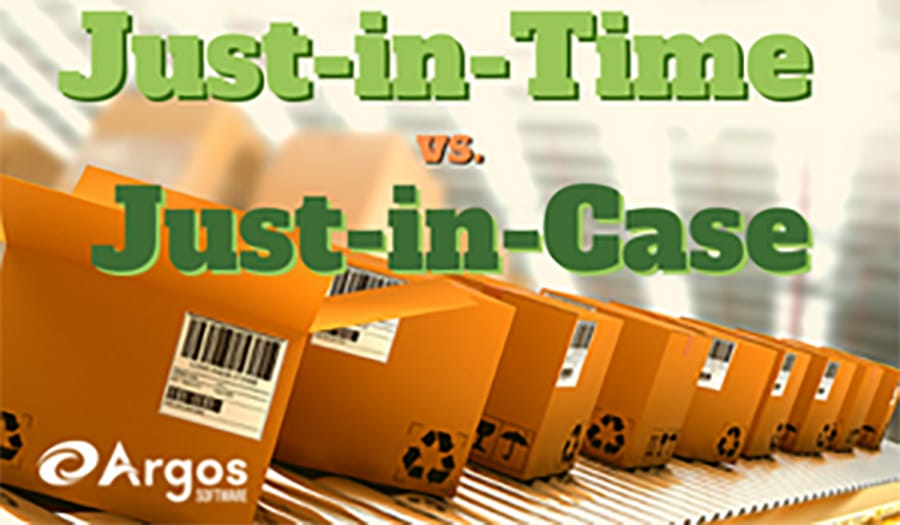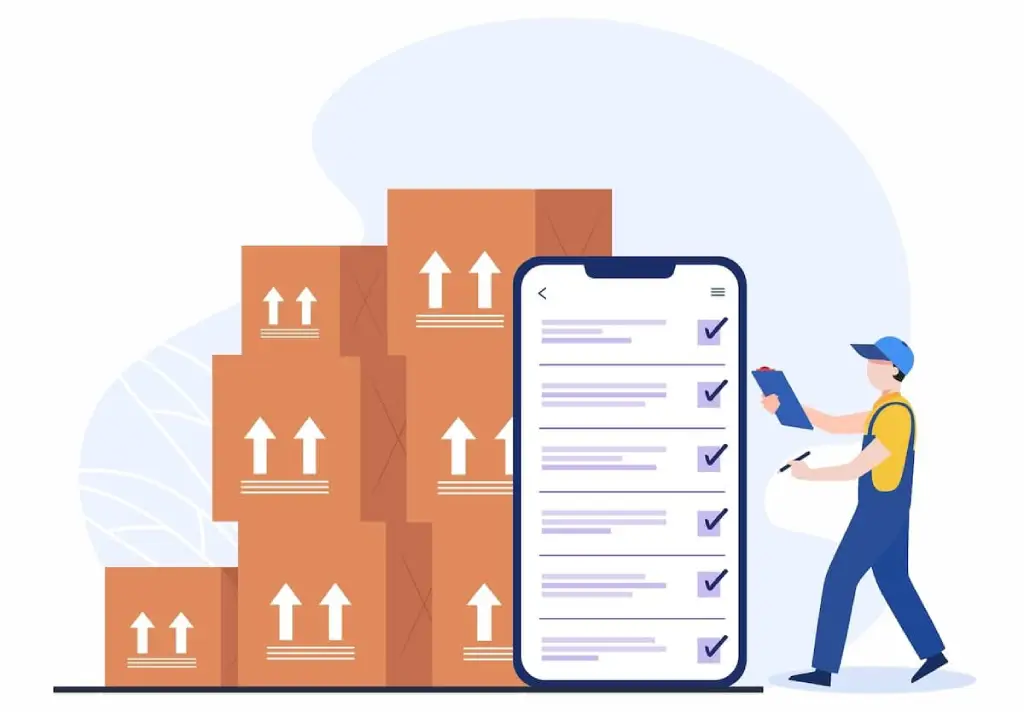
You’ve heard of Just-In-Time (JIT) inventory control. Unfortunately, that control method no longer functions as well as it used to due to supply chain uncertainty. This has resulted in the crippling of manufacturing and warehouse distribution worldwide.
Were your customers prepared? If not, it’s time to talk to them about considering a Just-in-Case (JIC) approach to storing more at your 3PL warehouse.
Just-In-Time was Then
Just-in-Time was all well and good until 2020. Then COVID-19 took the globe by storm, halting the economy, and shutting down businesses everywhere. Beyond the travel and hospitality industries, schools, and hospitals, the virus affected manufacturers, logistics, and distributors. The resulting shutdowns left customers with weak order fill rates and no relief in sight, which continues to this day.
JIT has been around since the 1970s. First incorporated by Japanese manufacturing companies, it is a management strategy that aligns raw-material orders from suppliers directly with production schedules. JIT was adopted in the U.S. to improve operations and inventory control. Later, the technique was implemented in warehouses and distribution centers to improve efficiency and inventory costs.
But supply chain delays have meant that raw materials and inventory have not arrived as scheduled, idling production lines and stopping the flow of goods to and from warehouses. With warehouse shelves and 3PL racks empty, companies are scrambling to meet order-fill rates. It’s time to urge your third-party logistics warehouse customers to consider adopting Just-In-Case (JIC).
What is Just-in-Case?
JIC is a whole new take on forecasting and inventory ordering. According to a December 2021 article by Inbound Logistics, “Businesses are transitioning from Just-in-Time to what has become known as a ‘Just-in-Case’ strategy. Just-in-Case refers to the practice of holding larger amounts of ‘safety’ stock, enabling a company to avoid stockouts.”
JIC involves storing more inventory than would be needed under just-in-time conditions, in case of disruptions in the supply chain.
The benefits of JIC include:
- Reduced risk of production disruptions
- Increased flexibility to deal with supply chain disruptions
- Improved customer satisfaction due to reduced out-of-stocks
While some of your 3PL warehouse customers may not be a fan of taking risks, JIC is a way to manage them. Here are three easy ways to work with your customers to be better prepared:
- Help your customers by sharing reports that show order history so they can easily see which products are, and will remain, in high demand.
- Go back to 2018 (or earlier) to identify any seasonal trends too.
- Encourage your customers to adjust their reorder levels in light of any history of delays and out-of-stocks, so you don’t have empty racks without anything to store or ship.
It’s pretty simple – encourage them to keep you supplied so they can meet demand when supply chains are interrupted.
The idea of JIC is counter to “lean,” since it requires an up-front investment, more warehouse space, and potential inventory overload. At first look, JIC doesn’t scream efficiency. But does it hurt? If your customers have inventory on hand to meet order fill, it’s a win-win for everyone in the chain, giving a competitive advantage to your customers in the marketplace.
Convincing customers to maintain higher inventory levels is just one way your 3PL warehouse can help them weather the current storm, and be prepared for the next one. Are you ready to discuss JIC with your customers?
If you need help addressing supply chain issues with your WMS software or implementing Just-In-Case inventory control in your warehouse, find out how Argos Software can help!




